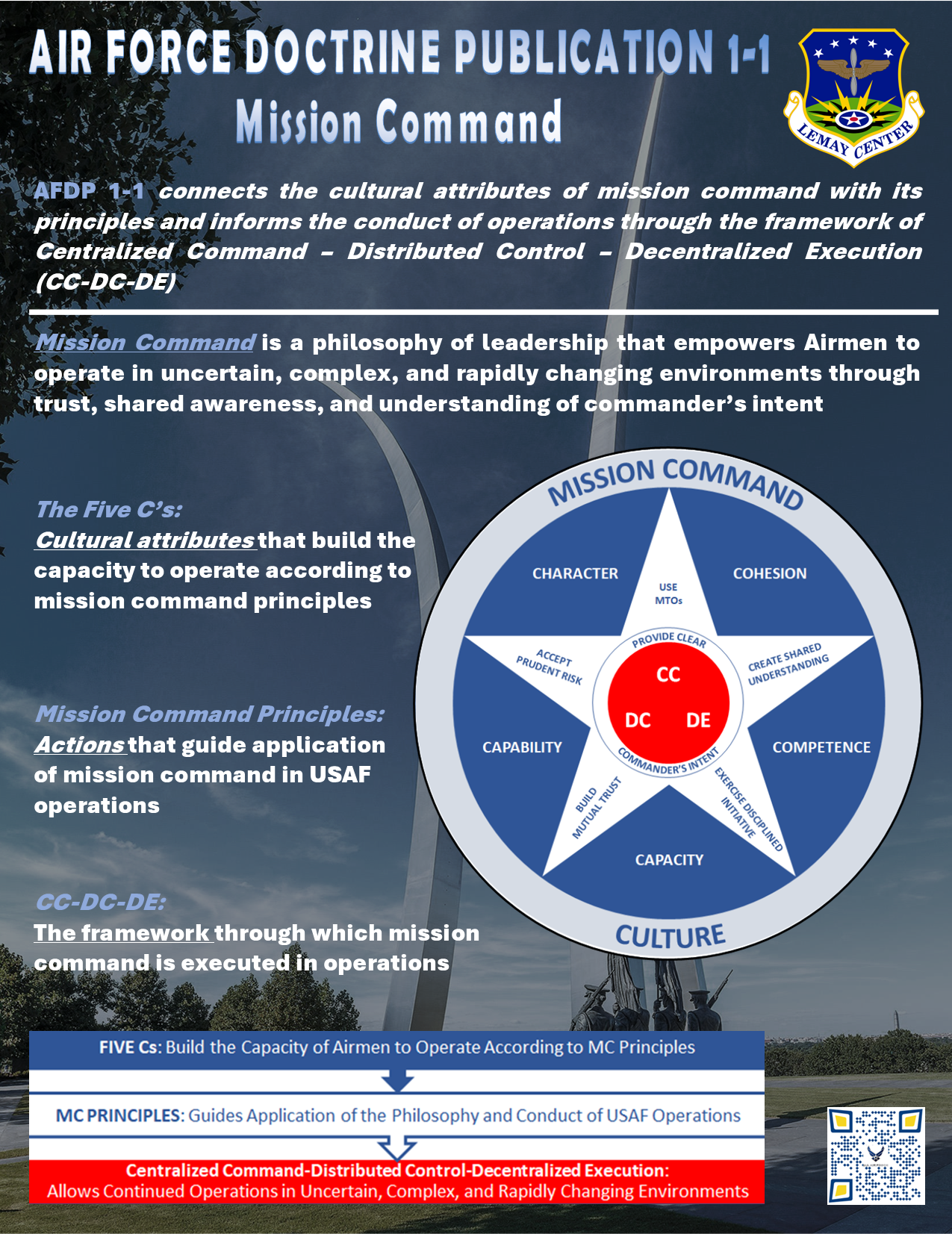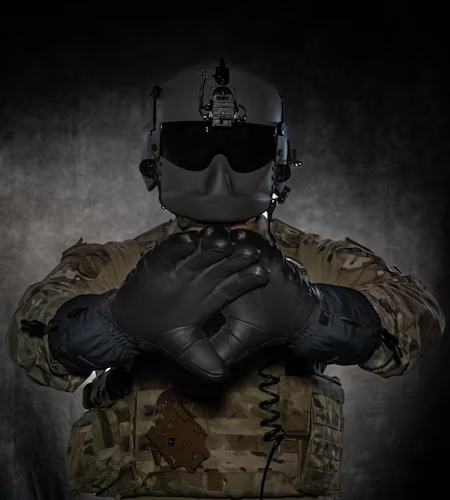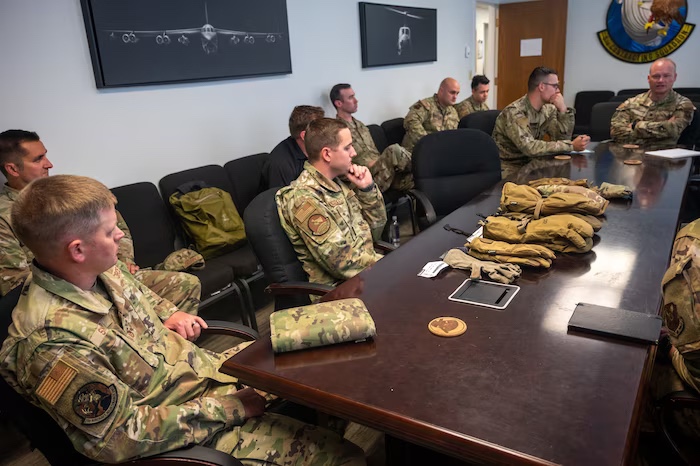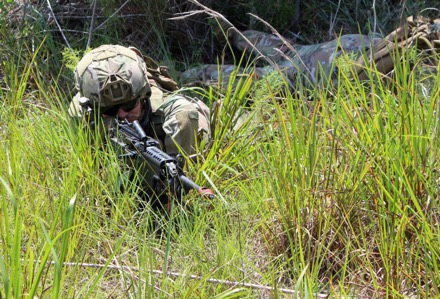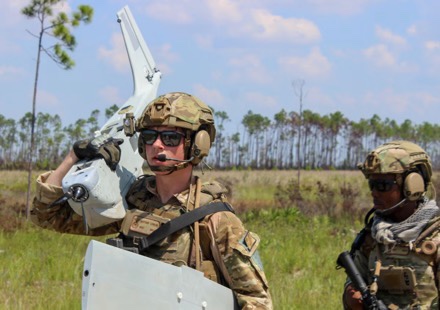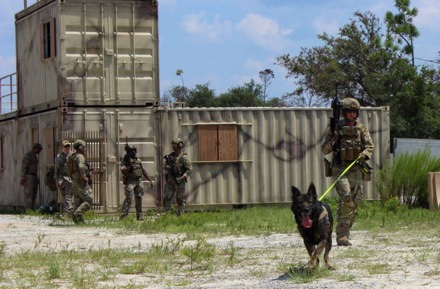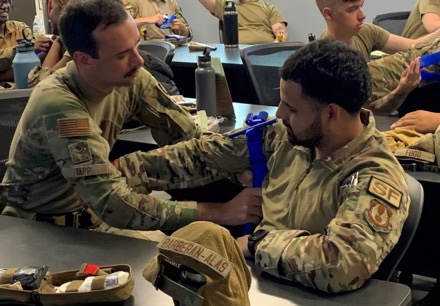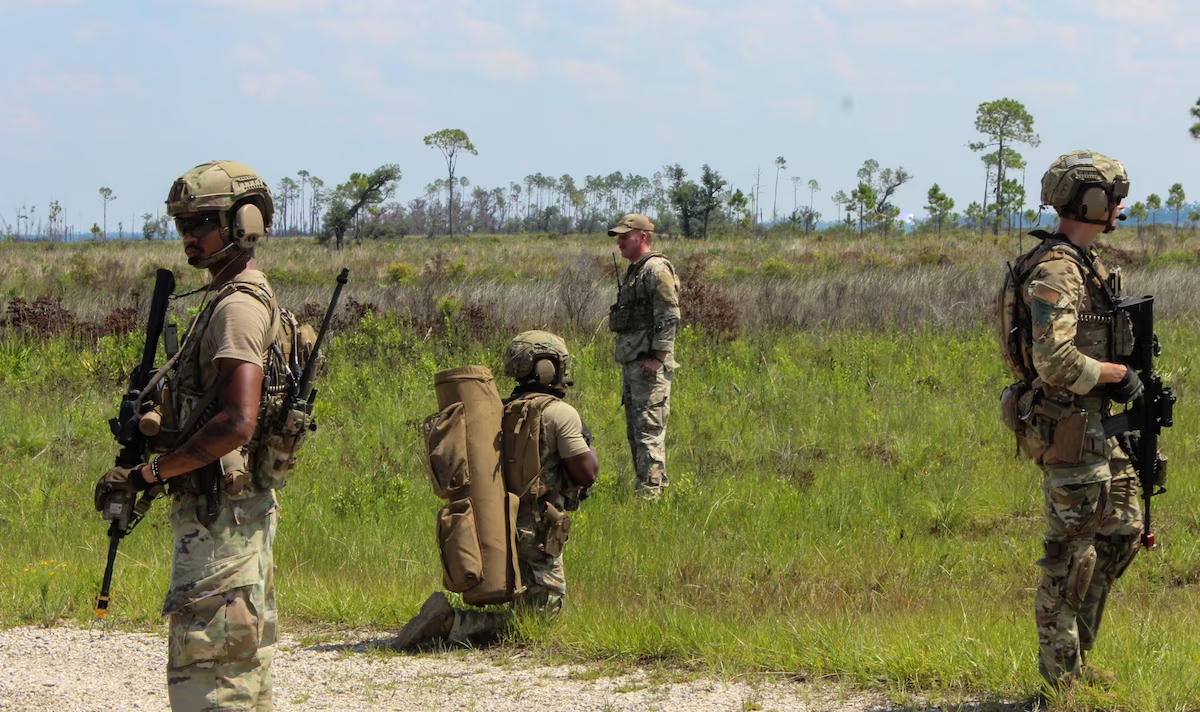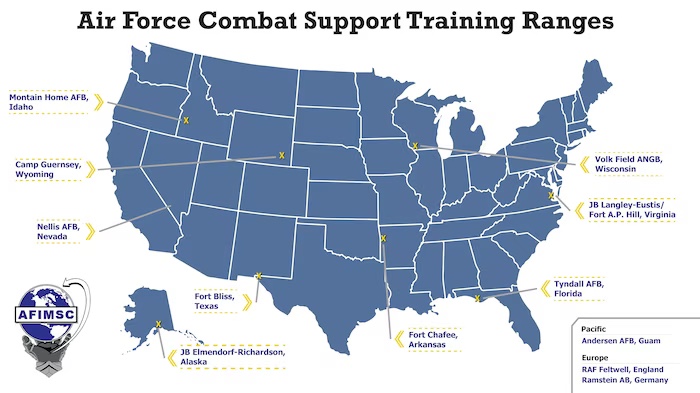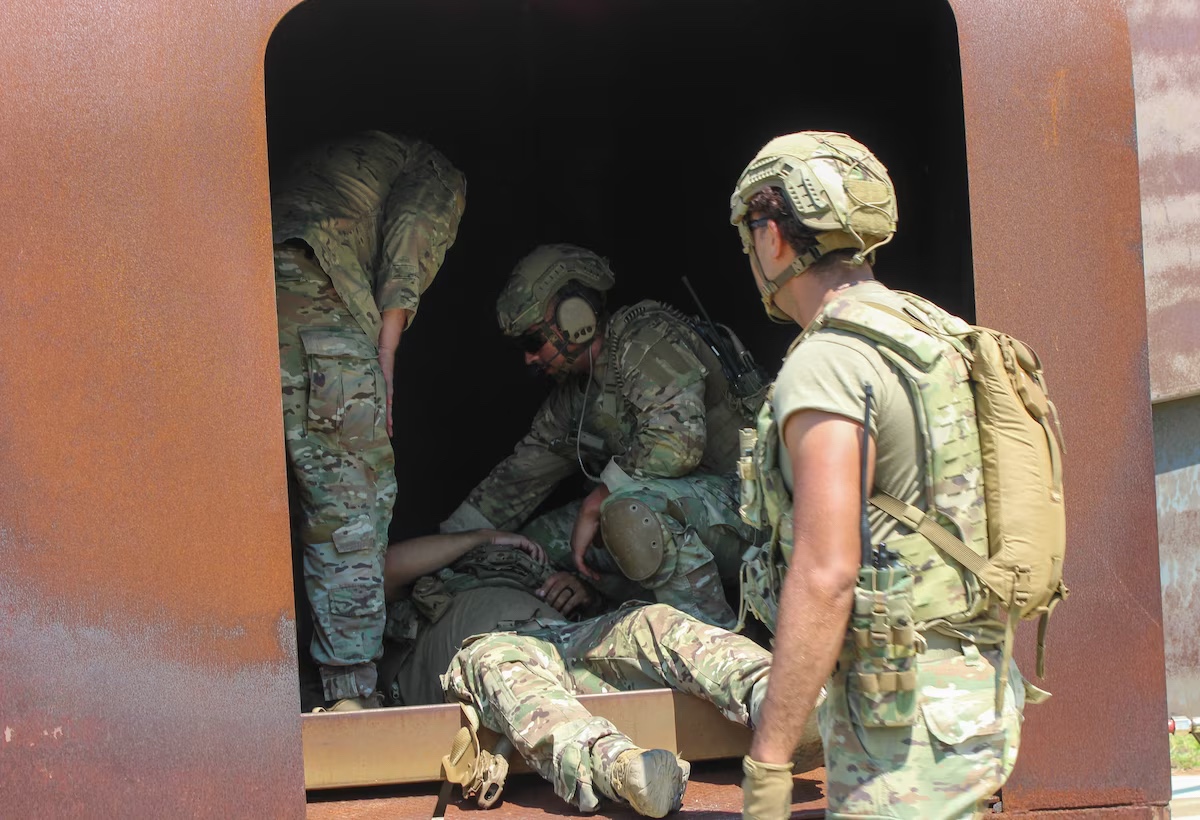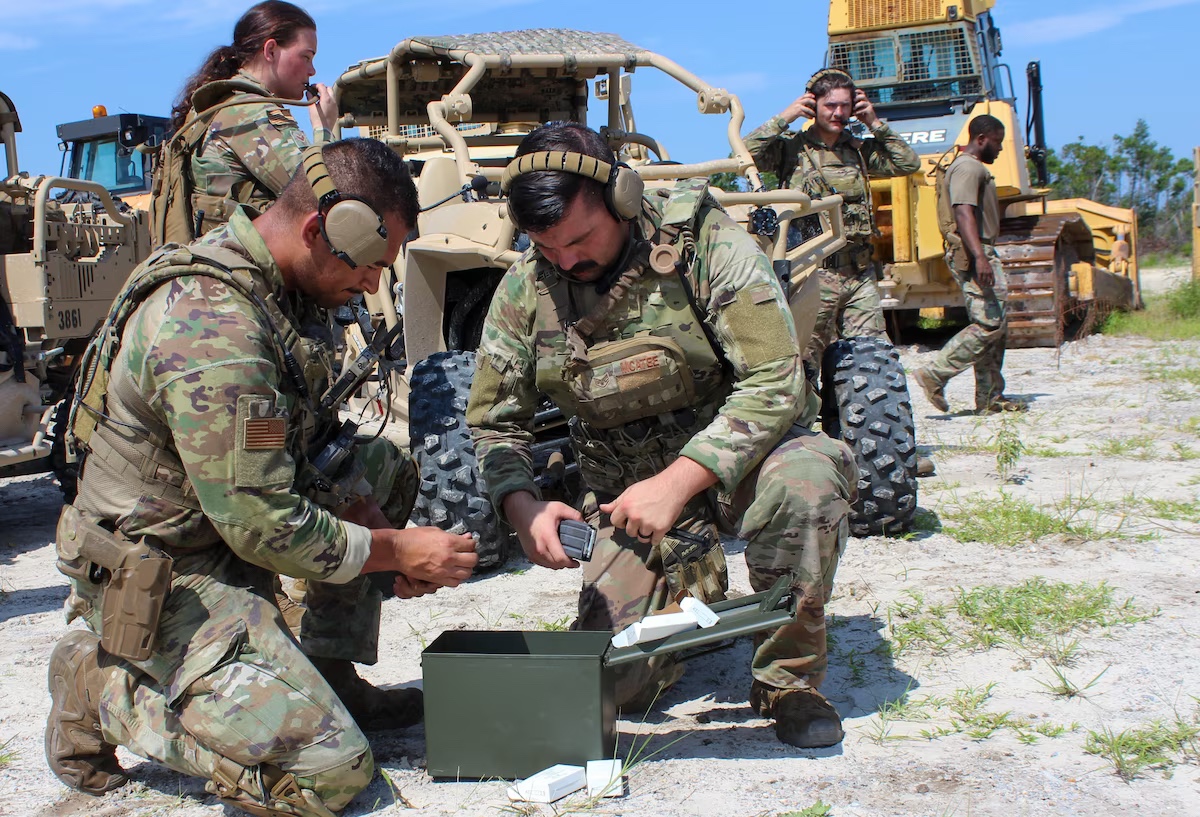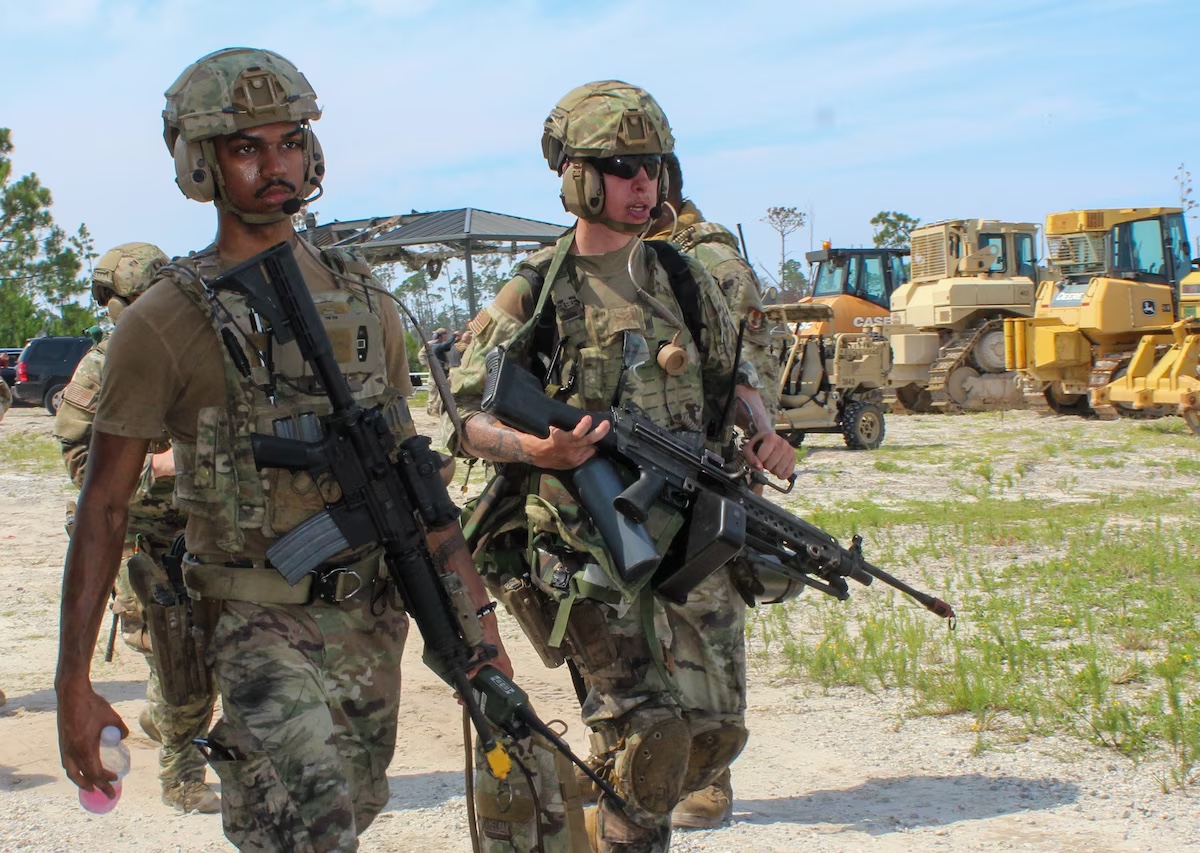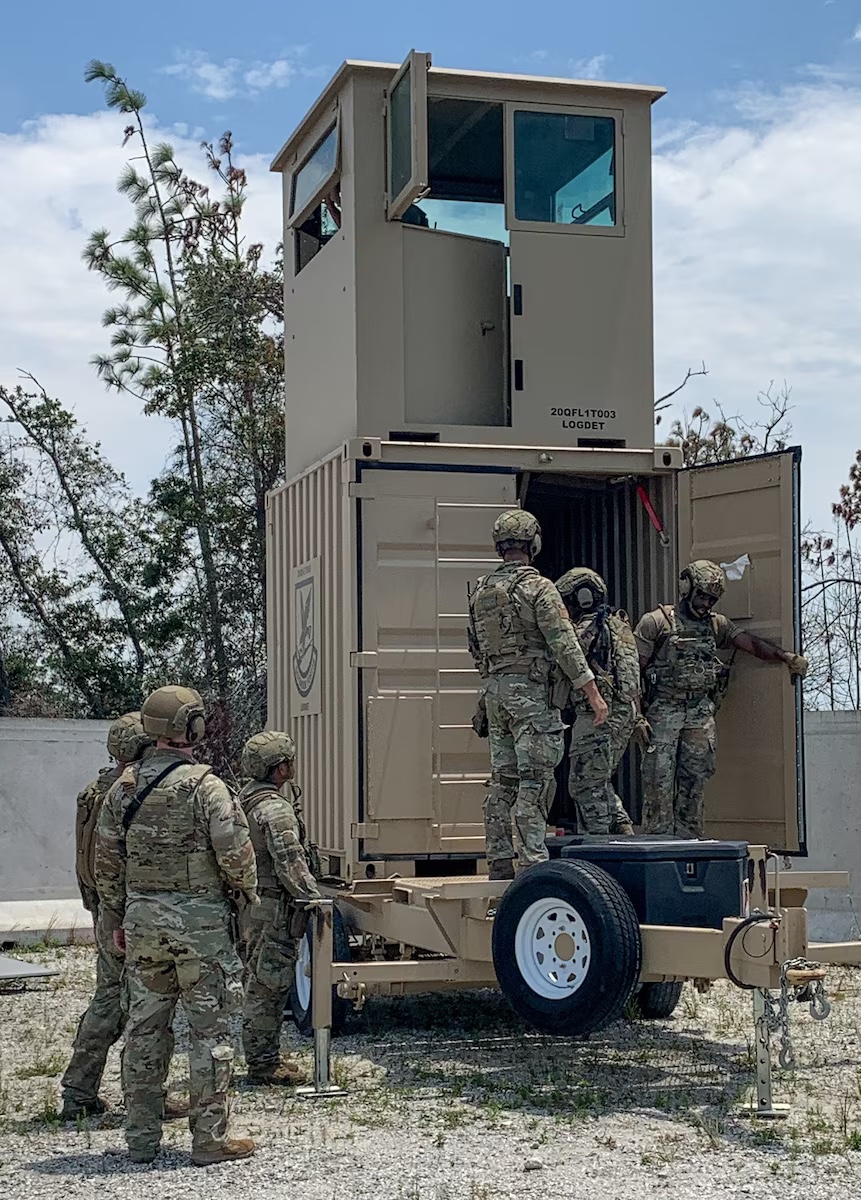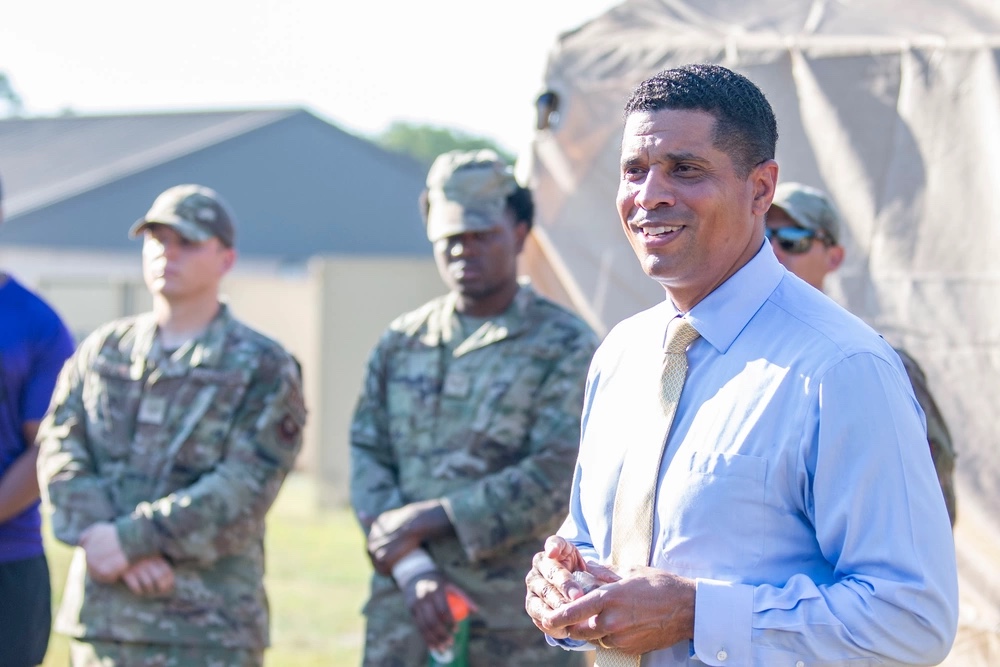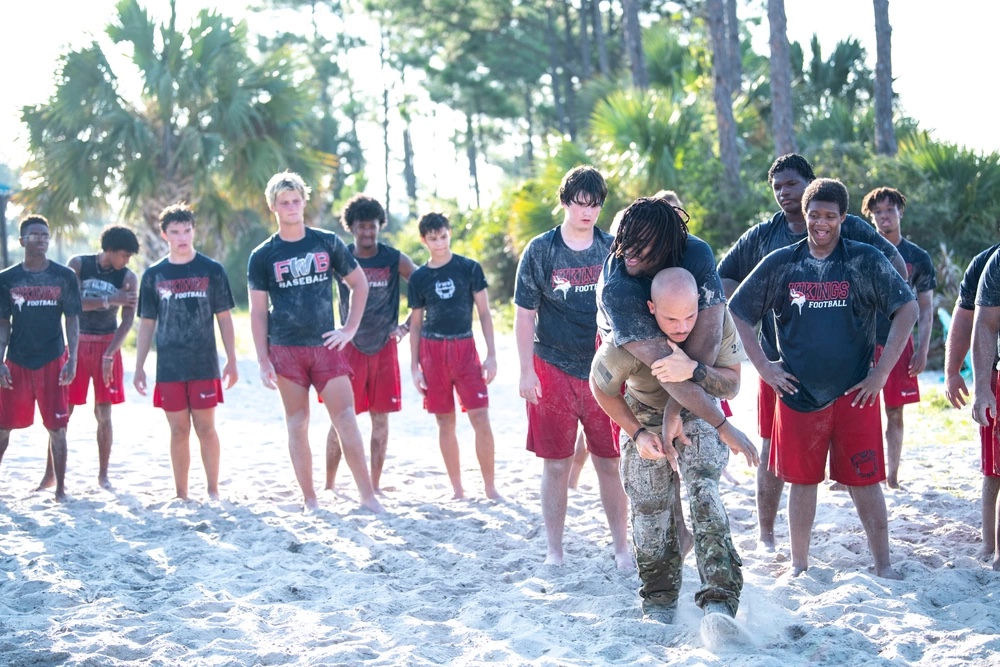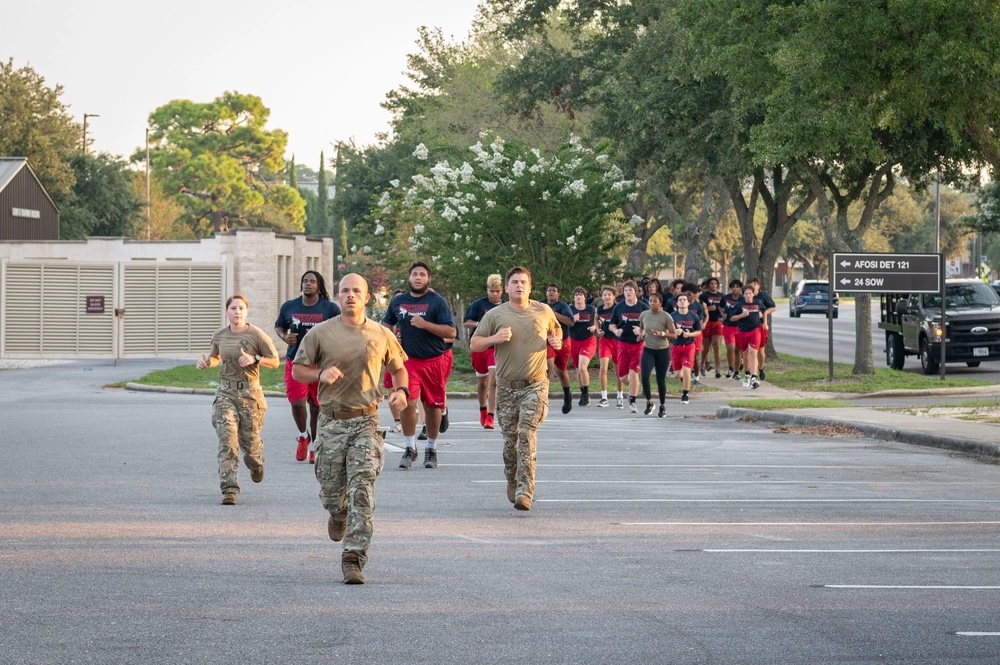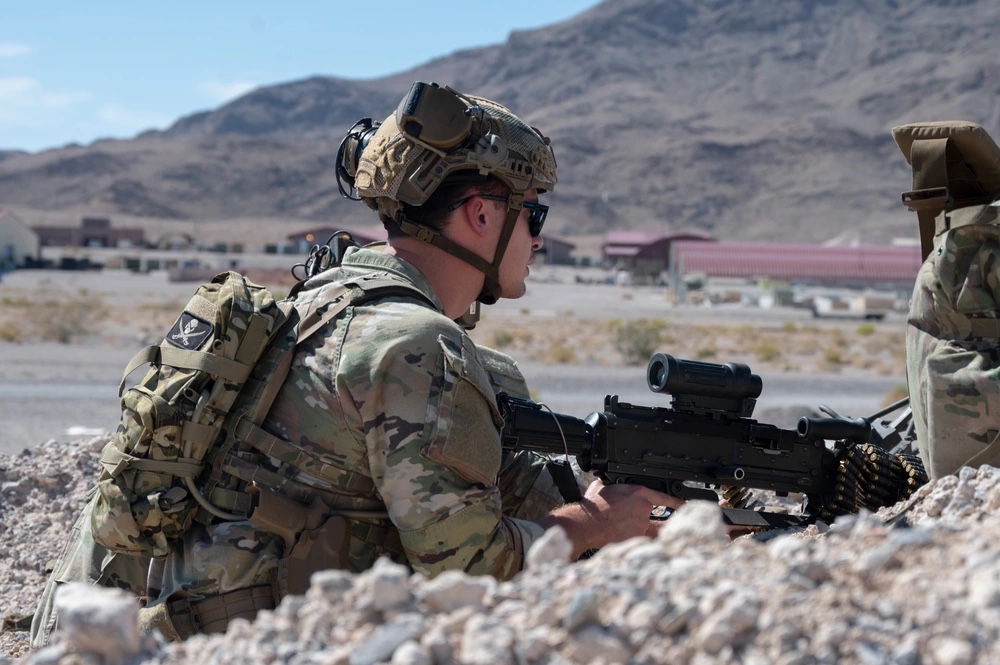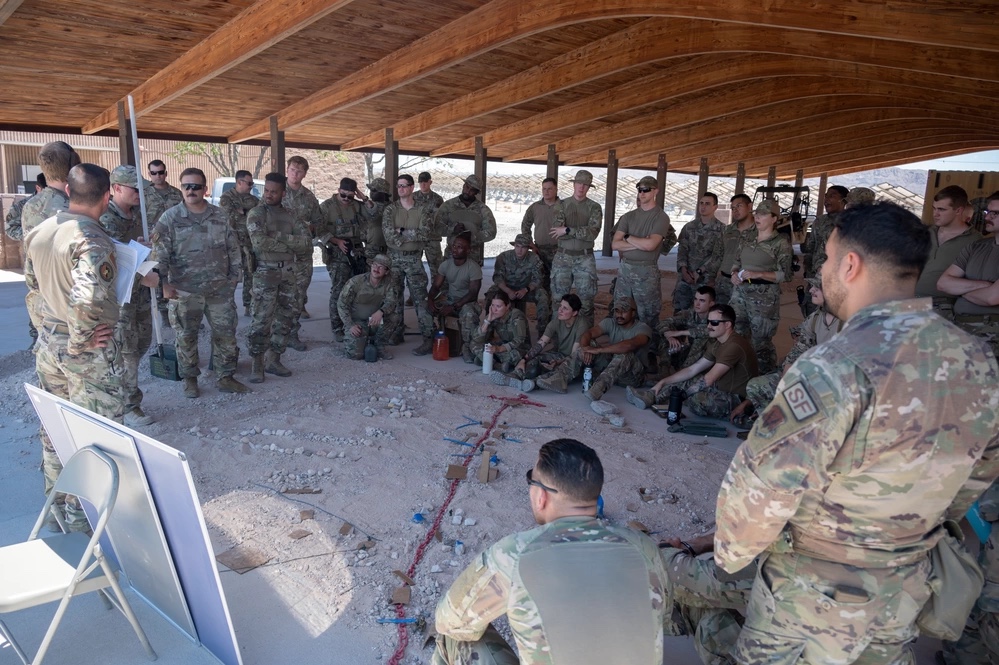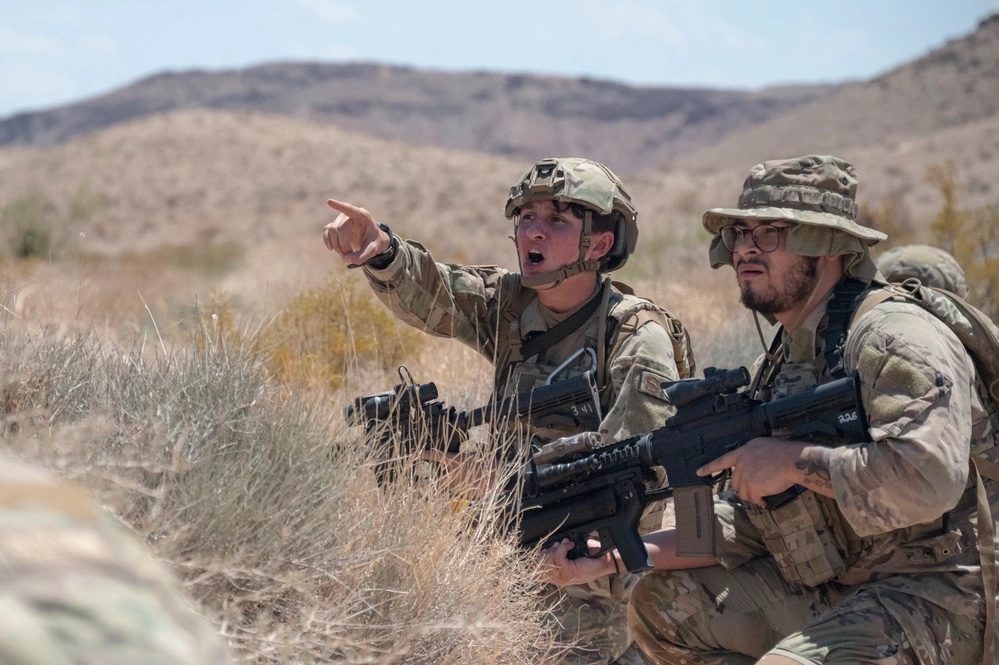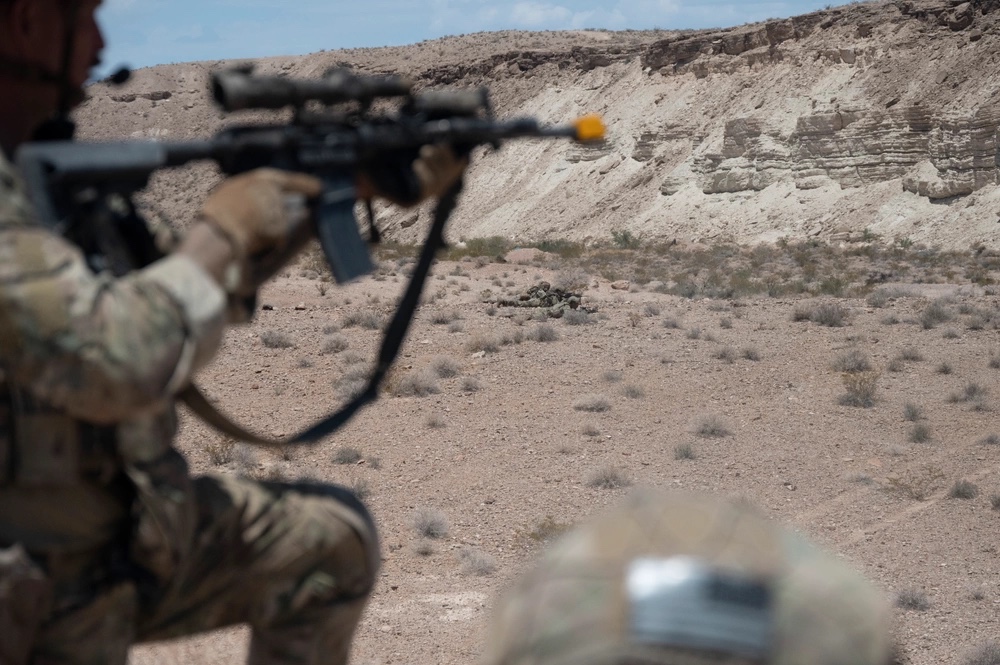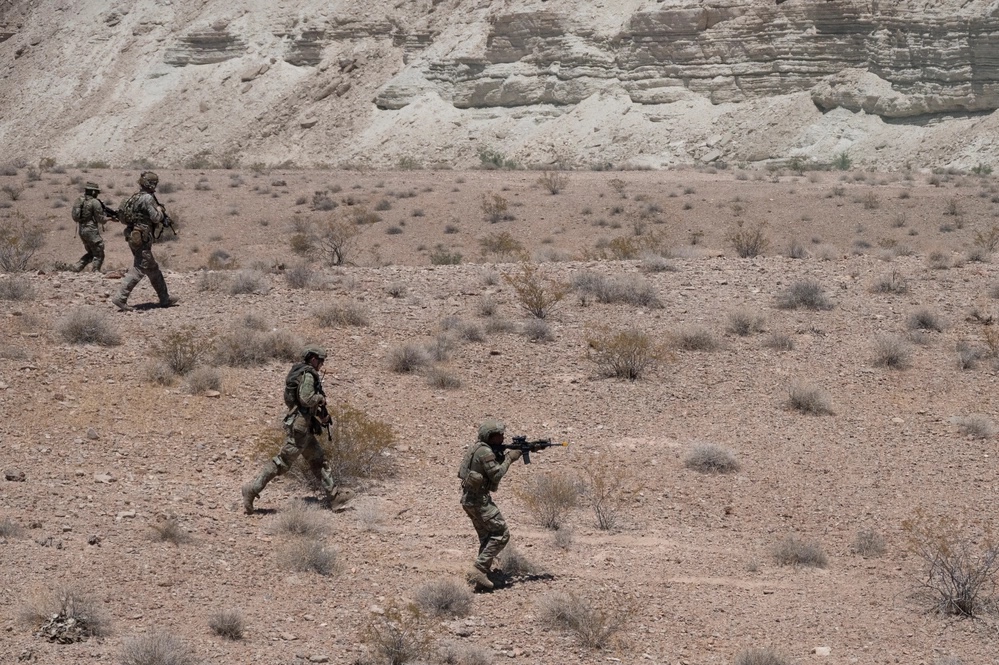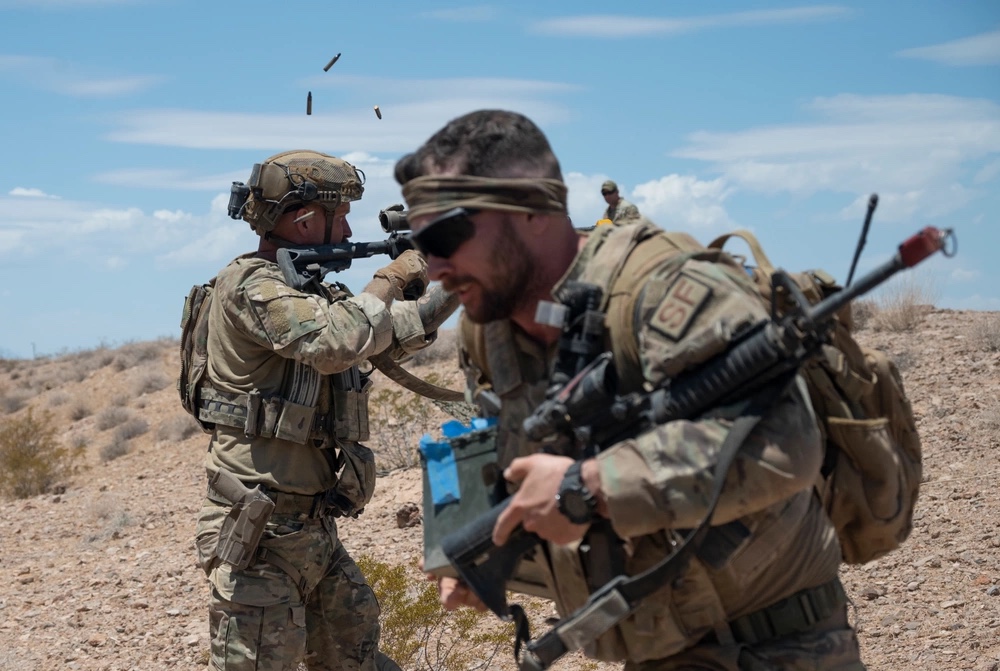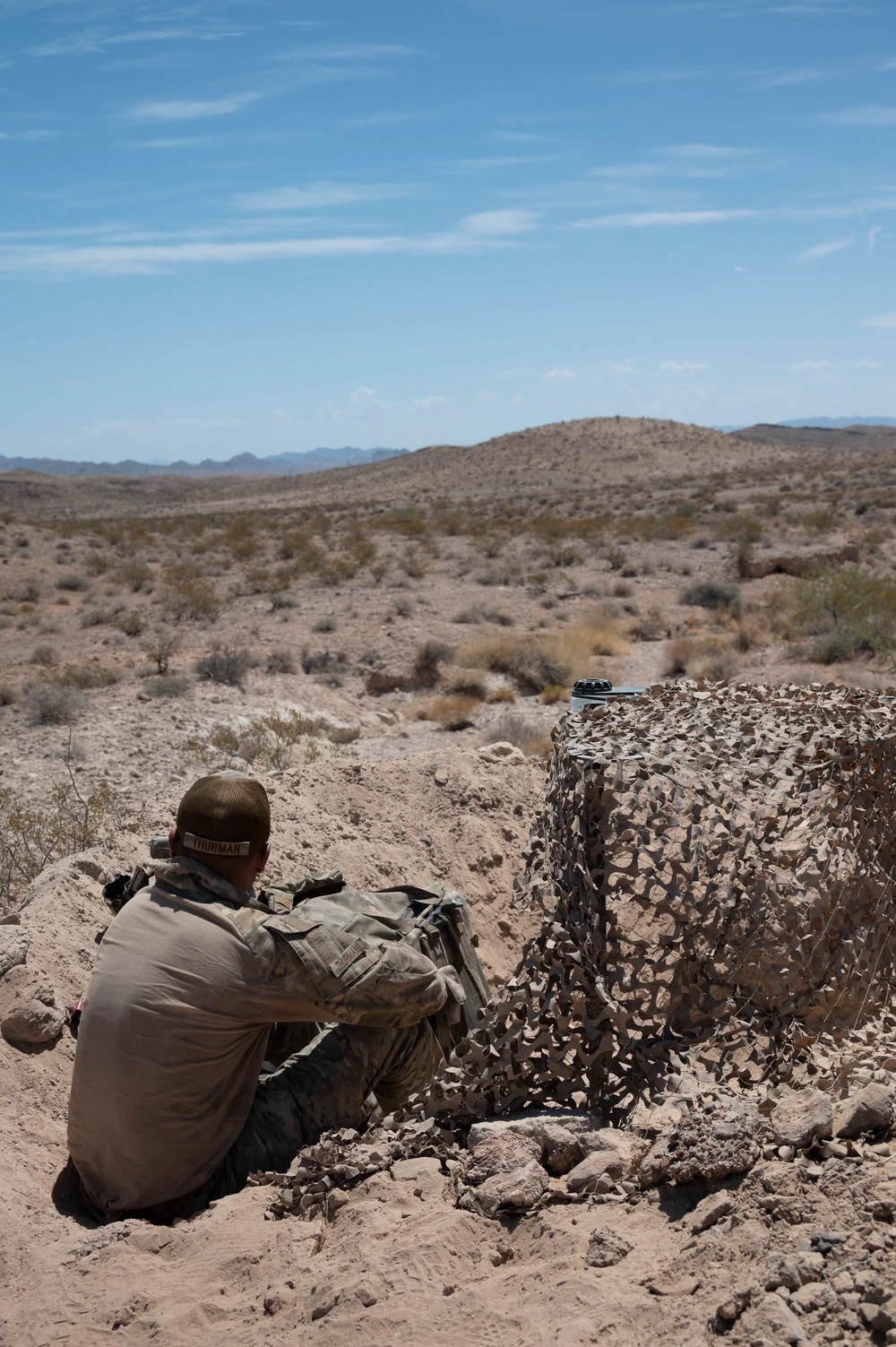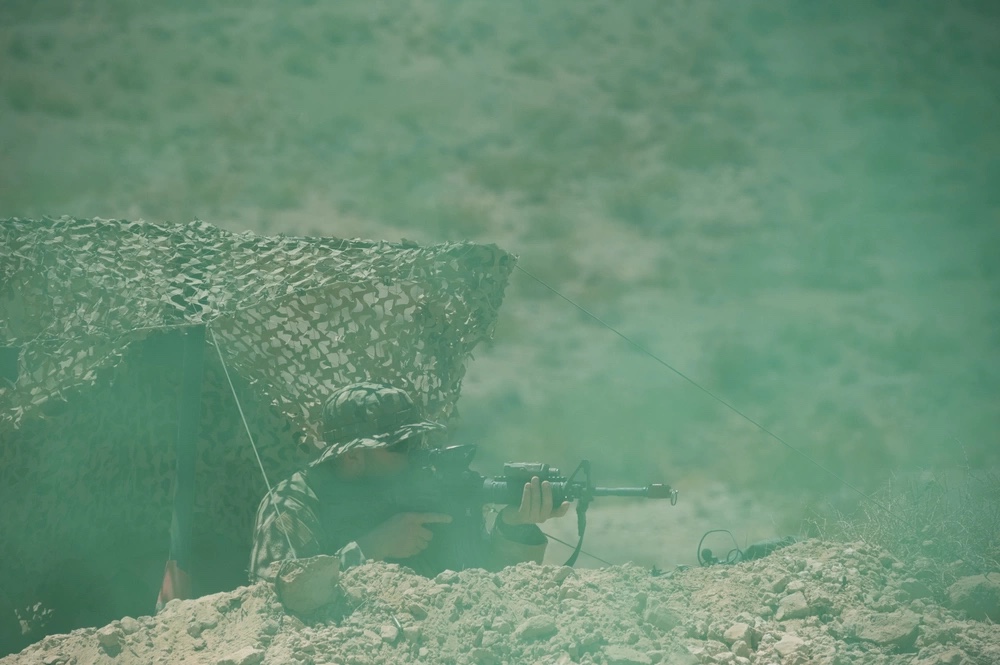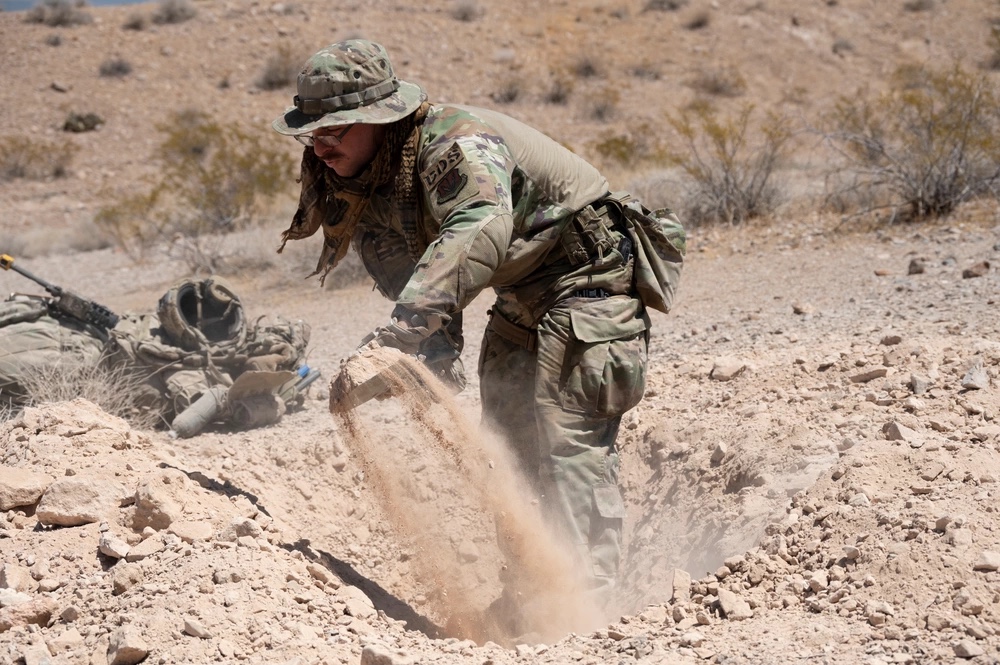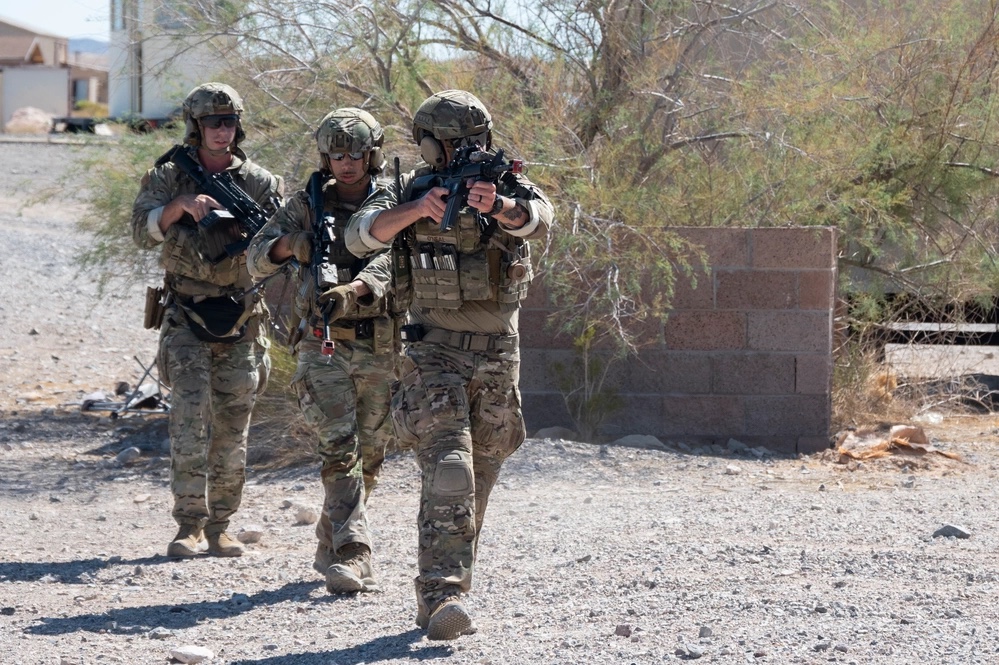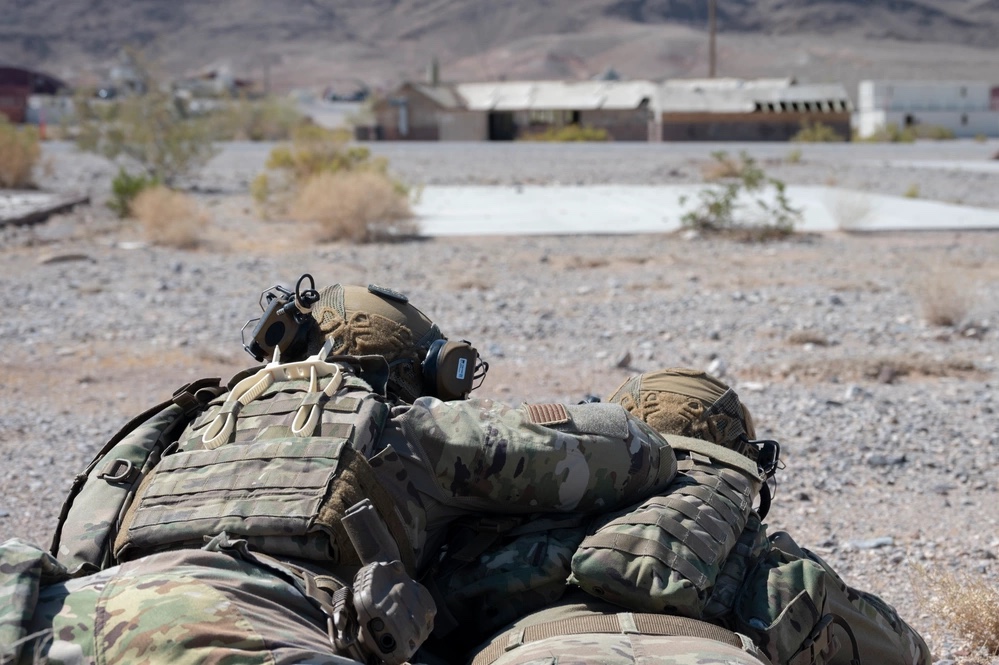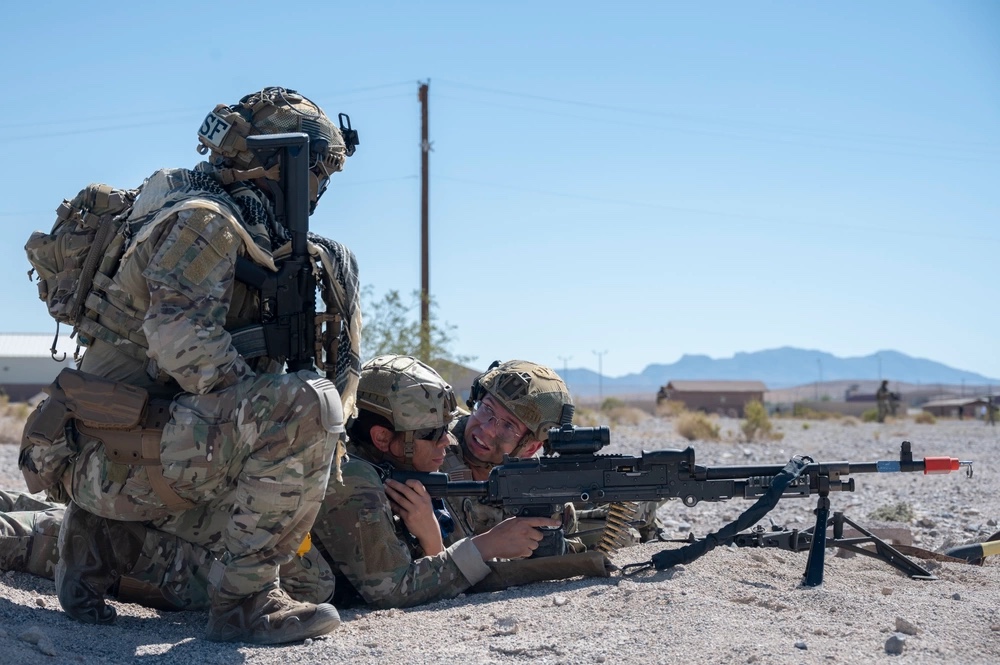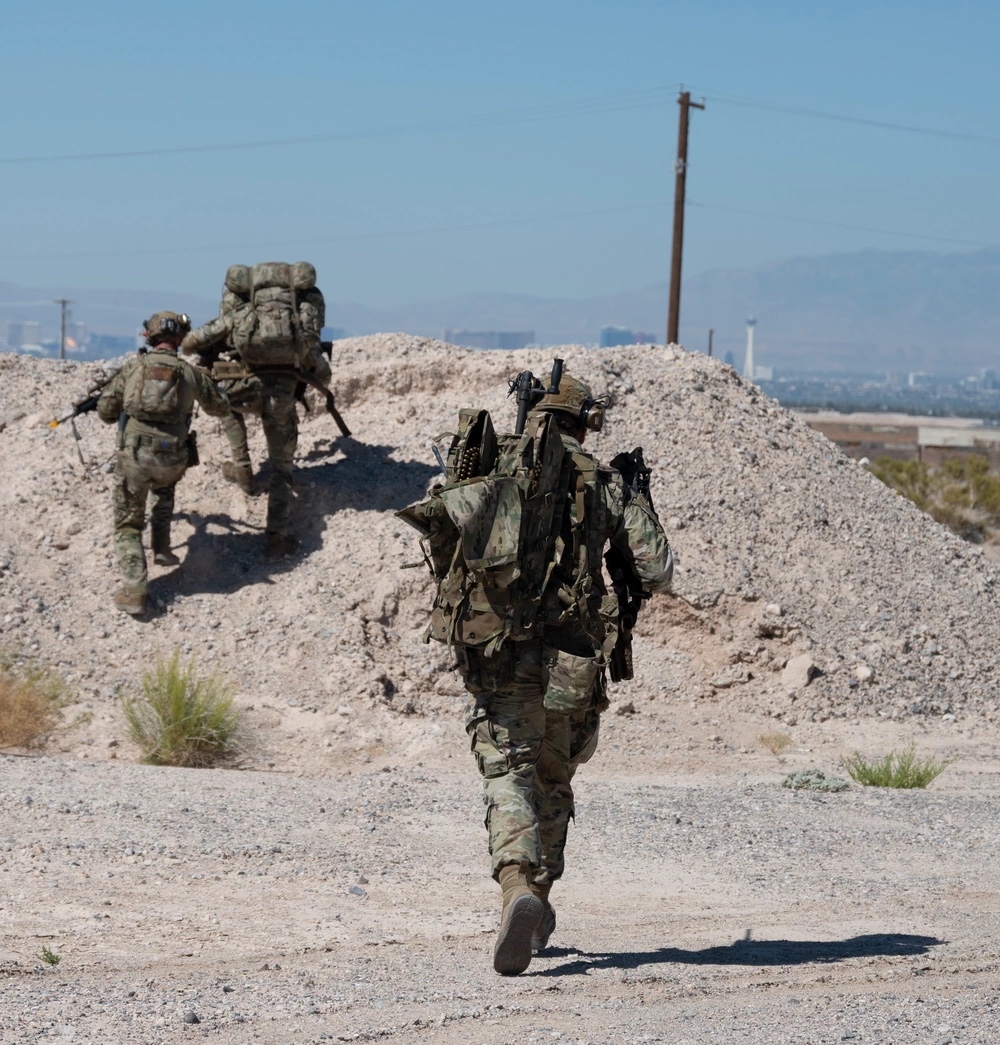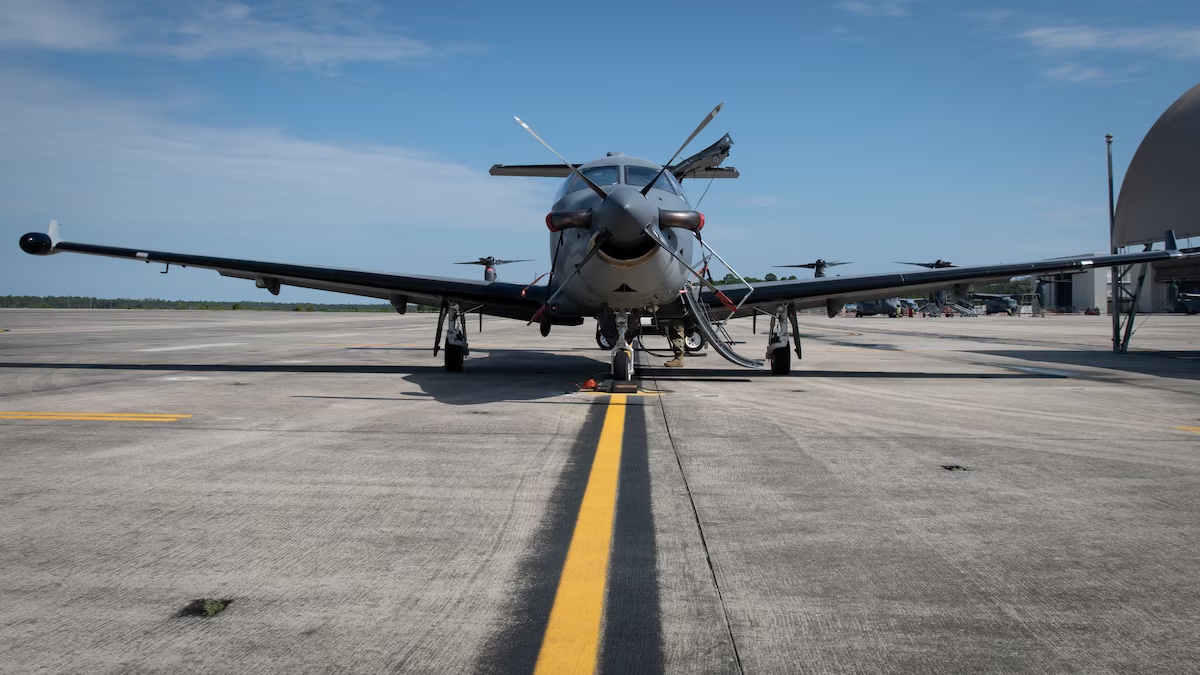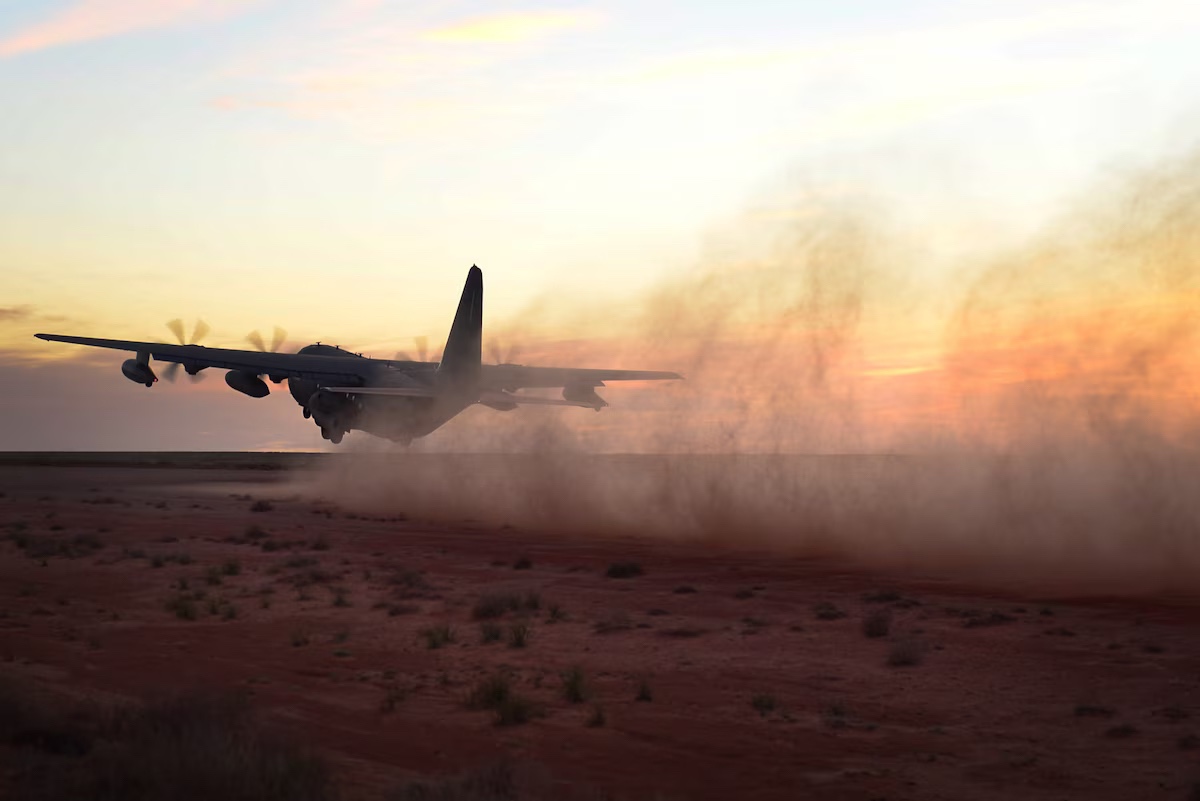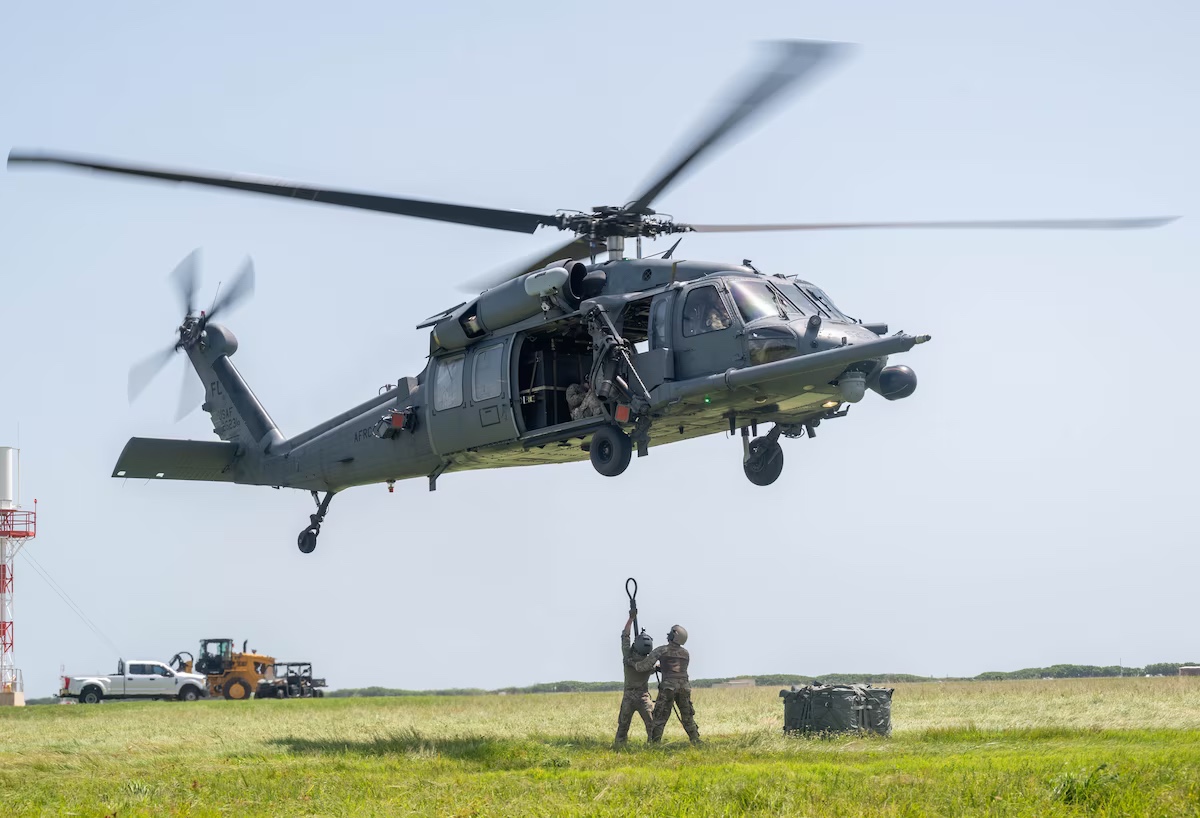ARLINGTON, Va. (AFNS) —
The Department of the Air Force selected JetZero for the next phase of a blended wing body prototype aircraft project Aug. 16.
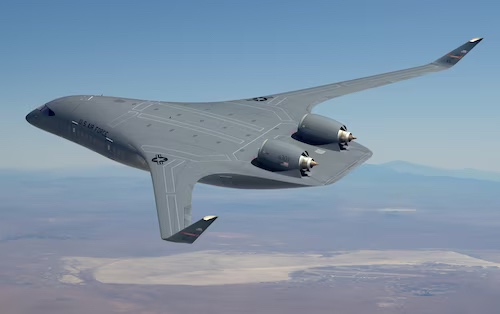
The effort aims to mature BWB technology and demonstrate its capabilities, giving the department and commercial industry more options for future air platforms.
With a design that differs from a traditional tube-and-wing aircraft, the BWB blends the aircraft body into its high-aspect-ratio wing, decreasing aerodynamic drag by at least 30% and providing additional lift. This increased efficiency will enable extended range, more loiter time, and increased payload delivery efficiencies, capabilities that are vital to mitigating logistics risks.
“Blended wing body aircraft have the potential to significantly reduce fuel demand and increase global reach,” said Secretary of the Air Force Frank Kendall. “Moving forces and cargo quickly, efficiently, and over long distance is a critical capability to enable national security strategy.”
Several military transport configurations are possible with the BWB. Together, these aircraft types account for approximately 60% of the Air Force’s total annual jet fuel consumption.
As outlined in the fiscal year 2023 National Defense Authorization Act, the Department of Defense plans to invest $235 million over the next four years to fast-track the development of this transformational dual-use technology, with additional private investment expected. The effort is the result of collaboration between the Department of the Air Force, the National Aeronautics and Space Administration, and the Defense Innovation Unit, with assistance from the DoD’s Office of Strategic Capital.
“It’s been a little over a hundred years since a few brave Airmen took to the skies and proved the first aerial refueling capability, extending the global reach of our Air Force. This announcement marks another game-changing milestone for the Air Force in our efforts to maintain the advantage of airpower effectiveness against any future competitors,” said Dr. Ravi Chaudhary, assistant secretary of the Air Force for Energy, Installations, and Environment. A former C-17 Globemaster III pilot and engineer, Chaudhary is leading efforts to ensure efficiencies in operational energy to build greater agility for theater commanders.
While the BWB concept has been around for decades, more recent technology advancements in structural design, materials technology, manufacturing, and other areas have made large-scale production achievable.
The commercial industry, including passenger airlines and air freight companies, stand to benefit from development of this technology as well, increasing available cabin or cargo space while decreasing operational fuel costs.
The Air Force Operational Energy Office expects completion of initial flight testing as early as 2027.
Secretary of the Air Force Public Affairs


